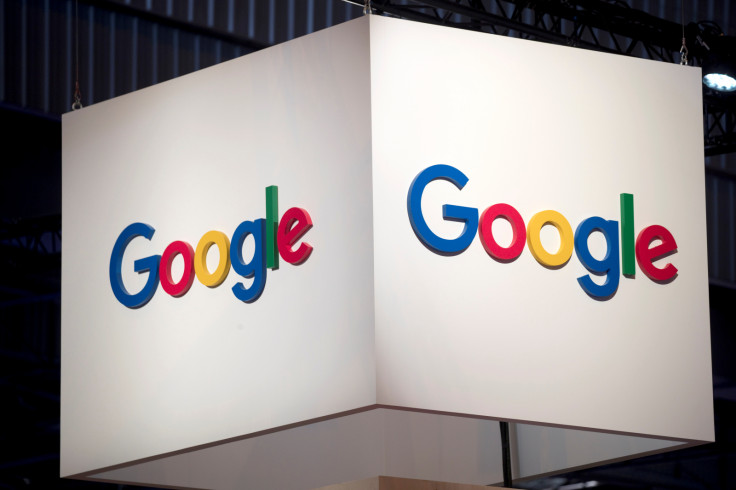Daydream discontinued, Google Cardboard now an open source project
Google it seems, has lost interest in VR tech and now wants it to independently develop on its own.
Google had started exhibiting its virtual reality (VR) a couple of years ago when it introduced the recently discontinued Daydream VR headset. While the Daydream VR headset was a high-end one, its Cardboard headset is a much affordable version.
Cardboard is basically a DIY-kit for creating a VR headset that was available for cheap or even free. It comprised of low-cost lenses and folded cardboard.
The idea was creating interest in VR to promote products such as the Daydream VR. Well, now that the company's and the consumers' interest in the tech is down, Google is also changing tact.
The no-frills VR headset came with software that was controlled by Google. On Wednesday, the company has declared this technology open source – any developer can take the technology Google has developed until now and build on it.
Jeffrey Chen, product manager, AR &VR, Google, "We're releasing the Cardboard open source project to let the developer community continue to build Cardboard experiences and add support to their apps for an ever-increasing diversity of smartphone screen resolutions and configurations. We think that an open-source model—with additional contributions from us—is the best way for developers to continue to build experiences for Cardboard."
It has also posted the technical specifications on its website and they are free for anyone to download.
The company stated on its website that it has shipped 15 million headsets globally to date but has also admitted that that overall sales have seen a decline over time. Google has in the past promoted Cardboard tech by providing a Cardboard headset free with many products.
Google is now focussing instead on augmented reality technology, like its rival Apple. It is expected to combine its camera technology on the Pixel device with augmented reality and provide an experience competitive with Apple's.

© Copyright IBTimes 2025. All rights reserved.





















